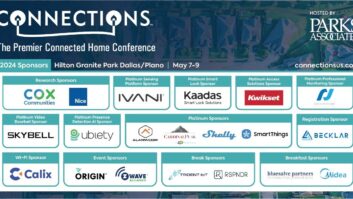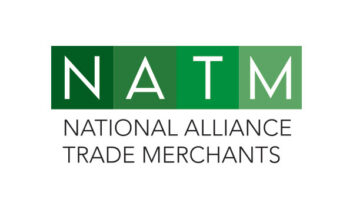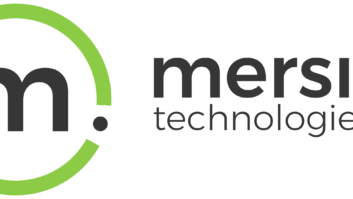Noted business author Patrick Lencioni was not a speaker at last week’s HTSA Fall Conference, held in Dallas, TX, but he was definitely there in spirit. His book, The Five Dysfunctions of a Team, was mentioned in three separate presentations — including one devoted to analyzing the tome — each designed to help create a better culture for the integration and vendor partner companies in attendance.
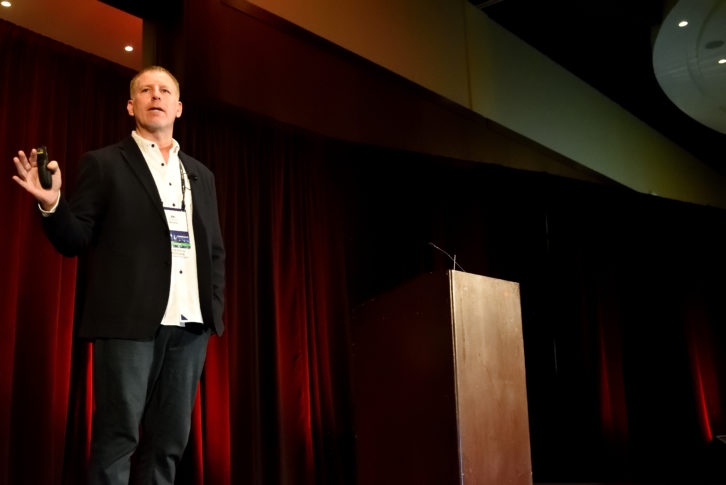
In a session called “Leading with Culture,” Ari Supran, CEO of Sonance revealed how the company built its much-admired culture. Supran prefaced the talk by humbly saying that he had never been a custom installer, and that he didn’t know if Sonance’s techniques would work for those in the crowd. “Our culture is intertwined with how we talk about our business,” he said, and the key to a successful culture is “getting people right and getting purpose right.”
To help Sonance do that, they employed two of Lencioni’s books: The Five Dysfunctions… for help with purpose and Ideal Team Player to get the people right. From Ideal Team Player came the three key attributes of people to hire, which are Humble, Hungry, and Smart. The ideal candidate would have each of these traits. Even if they have two of the three, it will not be enough, as Supran explained:
- Humble and Smart, but not Hungry = Lovable Slacker
- Hungry and Smart, but not Humble = Skillful Politician (which are rainmakers, but can be toxic)
- Humble and Hungry, but not Smart = Accidental Mess Maker
From there, Supran moved to Simon Sinek’s Start with Why so Sonance could understand why they do what they do, which helped them determine the “3 Pillars of Sonance”:
- Designed to Disappear
- Authentic Partnership
- Heritage of Innovation
“As vendors, we are in a partnership with our dealers to unlock value from the client,” he said as part of his conclusion. “That value is not created with products, but with beliefs.”
Attracting Rockstar Talent
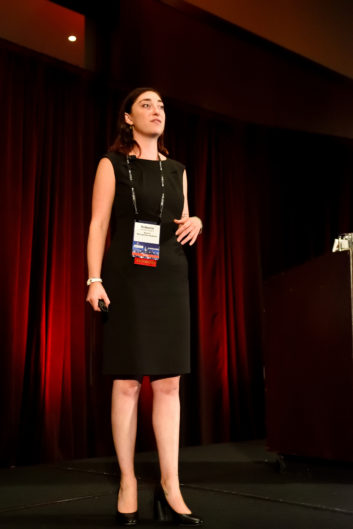
Following Supran was a related session called “Hire to Inspire: Attracting Rockstar Talent that Lasts,” which was presented by behavioral analyst and coach Rebecca Wagner from Accord Management Systems. Wagner’s talk tackled two big issues facing integrators: finding and keeping top talent, as well as how to grow and develop employees. “Your people will never suddenly exceed your expectations,” she said, “they will react to your training.”
Wagner then listed the “4 Distinctions of Better Hiring,” which are:
- Behavioral
- Cognitive
- Culture
- Skill
Being a behavioral analyst, Wagner urged attendees to leverage a data-driven tool to find the right people for the right seats. The tools should be simple for both the candidate and employer to use, with the assessment taking no more than six minutes. “There is a perfect behavioral fit for every role,” she said. “The best way to hire top talent is to think big — think about where you want them to retire.”
Cognitive competency, she went on to explain, doesn’t necessary point to how smart the potential employee is, but how quickly someone “gets it.” For culture, she turned also toward Lencioni’s The Five Dysfunctions…, as well as Sinek’s TED Talk and one from Brené Brown on vulnerability. “Is your culture tangible? Is it obvious?” she said. “It is made of your core values. Do not post a job listing until you know what your culture is.”
As a conclusion, she implored attendees to recognize that “onboarding is giving them a chance to survive — not a paycheck. Employees pay you with their most valuable asset — their time.”
Beware the Five Dysfunctions
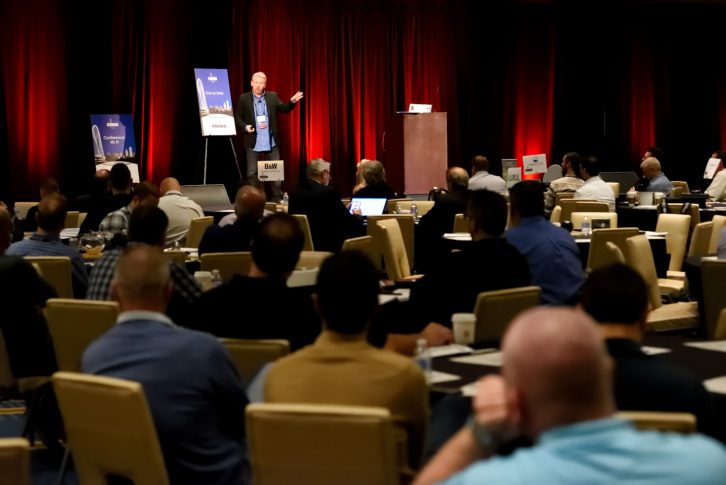
While the previous programming referenced The Five Dysfunctions…, Keith Esterly, HTSA’s chief learning architect, went right at it for his talk, using his session to summarize the book for the integrators and vendors present. “You don’t get to tell your team what the company’s culture is — they get to tell you,” said Esterly. “Culture is what your people say it is. You can’t tell people you are different — you have to be different.”
Before diving into the areas of dysfunction, Esterly noted the five key elements to a cohesive team: trust, healthy conflict, commitment, accountability, and focus on results. Naturally, the five dysfunctions would be the opposite of those:
- Absence of trust
- Fear of Conflict
- Lack of Commitment
- Avoidance of Accountability
- Inattention to Results
Esterly tackled each of the dysfunctions, laying a path to show how success can be achieved when these obstacles are removed. “Start with trust,” he said. “Mine for conflict to get clarity. Gain commitment, then hold people accountable. Then it is all about attention and focus on results.”
This article originally ran on residentialsystems.com.
See also: Record Number Of Dealers And Vendors Attend Azione Fall Conference




